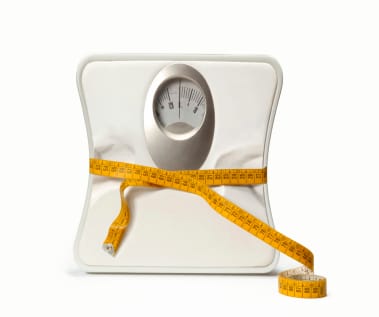Try This Strategy to Lose Weight Here’s an interesting concept. If you are struggling to lose weight try not to...

Try This Strategy to Lose Weight Here’s an interesting concept. If you are struggling to lose weight try not to...

© 2025 jackomd180. All rights reserved.